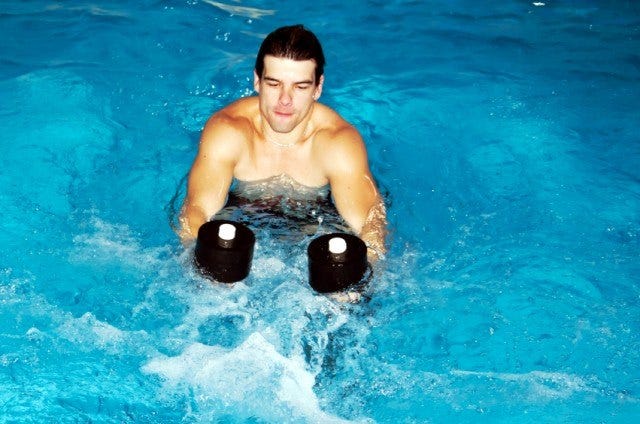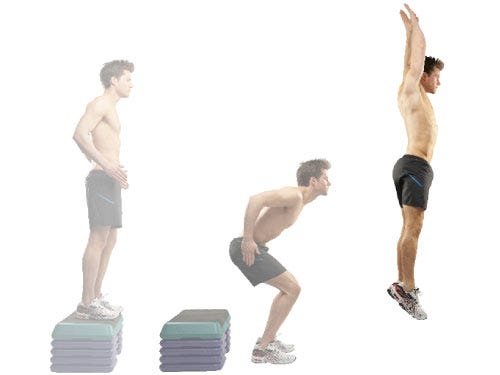What type of plyometric training (traditional, assisted, resisted) results in the best vert gains?
Research reviewed: The Effects of Assisted and Resisted Plyometric Training Programs on Vertical Jump Performance in Adults: A Systematic Review and Meta-Analysis (Makaruk, etc 2020)
Welcome to the debut piece of 3CB Quick HIITS - a weekly newsletter summarizing key takeaways from sports medicine and sports performance research.
For some quick background on myself - I’m a Doctor of Physio (DPT) with a sports performance background who operates through online consultations and two in-person clinics in Los Angeles, CA.
Without further adieu, lets get going.
The Research
Today’s paper is a meta-analysis review paper that went through 5,092 different papers on three different types of plyometric training (traditional, assisted, and reseisted) and gains in vertical leap. After applying specific research criteria, the number was whittled down to 17.
Before I get into the results, a quick primer on the three different types of plyometrics:


The results
Based on the 17 eligible papers, all three training types showed vertical gains over the control (no training). Between the three types, the traditional and assisted showed higher gains than the resisted compared to no training but there were no significant differences when compared to each other.
The takeaway
The main takeaway here is that each type of plyometric training will help increase vertical jumping height. The key is understanding how to plan that training because it’s easy to overload the anatomy (nervous system, muscles, tendon, etc) due to the high stress from plyometrics, potentially leading to injuries and decreased performance.
To that point, a key takeaway from the paper is that resisted, low impact plyometric training - such as in a pool - can be a critical inclusion in a training program to maintain gains while limiting overload.
For more information on plyometric training or appropriate planning, feel free to reach out via email (rsbrar@3cbperformance.com) or social media (@3cbperformance)





